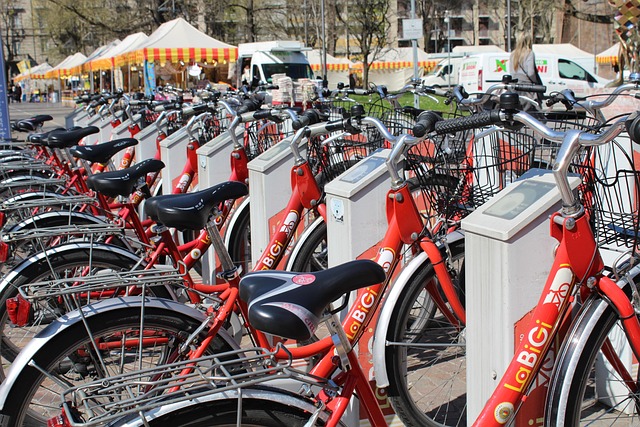Bridging Communities and Nature: The Role of Bicycle Infrastructure
In today’s rapidly evolving world, the push for transport sustainability has never been more urgent. Cities and towns alike face mounting challenges—from congestion and pollution to the urgent need for greener transport alternatives. However, while urban centers often dominate the conversation, rural communities hold a unique and vital role in the sustainability narrative. This is where bicycle infrastructure steps in as a transformative tool that seamlessly integrates transport solutions while catalyzing rural development.
Transport Sustainability: Beyond the Urban Horizon
When we think of sustainable transport, images of electric buses or car-free city centers often come to mind. Yet, the sustainable transport ecosystem is incomplete without focusing on cycling—especially when viewed through the lens of integrated bicycle infrastructure. Bicycles offer a zero-emission, cost-effective, and health-promoting alternative to motor vehicles. Creating a network of bike lanes, trails, and parking facilities not only reduces dependence on fossil fuels but encourages a shift toward active living.
Integration is key here. It’s not merely about adding bike lanes sporadically but developing a cohesive system that connects homes, workplaces, schools, and recreational areas. When these elements are linked across diverse landscapes—including rural areas—cycling becomes a viable, attractive transportation choice rather than a niche activity.
Empowering Rural Development Through Cycles
Rural areas face distinct challenges such as limited public transit, geographic isolation, and fewer economic opportunities. Incorporating robust bicycle infrastructure can bridge these gaps in multiple ways. First, improved cycling routes promote local tourism by drawing visitors to experience scenic trails and cultural landmarks accessible by bike. Secondly, safe and efficient cycling paths empower residents with affordable mobility options, enhancing access to education, healthcare, and markets.
Additionally, investment in bicycle infrastructure can stimulate rural economies by creating jobs related to construction, maintenance, and tourism services. It fosters a sense of connectivity—not just physically but socially—helping to reduce rural community isolation.
Creating an Integrated Future
At the heart of successful transport sustainability and rural development lies integration—melding infrastructure, community needs, and environmental stewardship. By prioritizing the development of continuous and inclusive bicycle infrastructure, we lay down a path toward healthier, more vibrant communities. Cyclists feel empowered to explore and engage, bridging the divide between rural charm and sustainable progress.
Whether you’re a rural resident dreaming of safer travel or a policy maker seeking innovative transport solutions, envisioning a world where bicycle infrastructure knits together diverse spaces offers hope and tangible benefits. The journey toward a sustainable future is always better with pedals turning in unison.




